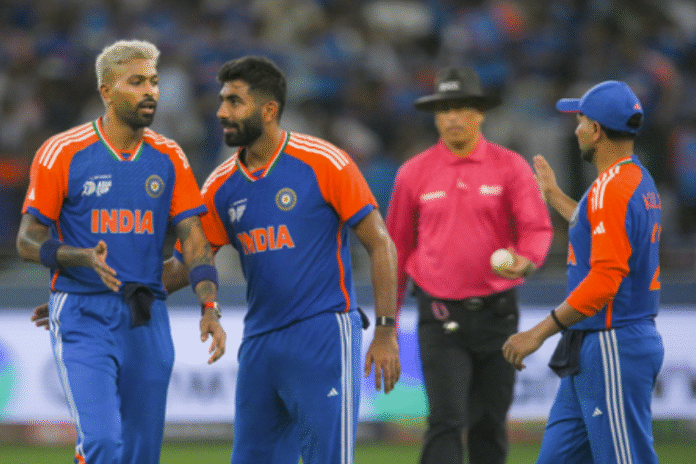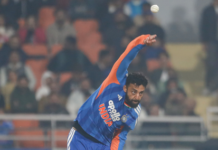NEW DELHI– India’s cricketers are preparing for an unusual test at the Dubai International Stadium, where the unique floodlight system—known as the “ring of fire”—poses added difficulties for fielders tracking high catches.
Instead of conventional pole-mounted lights, the stadium’s circular roof is lined with high-intensity floodlights, creating tricky visual conditions. Fielding coach T. Dilip explained the challenge in a video shared by the BCCI on X.
“One of the challenges we encounter in Dubai Stadium is the lights are slightly different. It’s more of a ring of fire in the dome basically rather than on the poles, which we usually come across,” Dilip said.
He noted that the toughest moments come when outfielders attempt boundary catches. “There is a tendency to lose sight of the ball for a split second, especially when the ball is traveling through the lights,” he added.
Beyond the lighting, Dilip said Dubai’s humidity adds to the difficulty. “It’s all about how players are switched on at that moment and how they respond to that particular ball, which is very, very important in a high-intensity T20 game,” he explained.
The Hyderabad-born coach, part of the national setup since Rahul Dravid’s tenure, also detailed how the team trains for such conditions. “We try to add variable practices. Slowly the players realize that even if you lose sight of the ball for a split second, you still have time,” he said.
Footwork, he stressed, is just as critical as safe hands. “The speed at which they reach the ball makes a lot of difference. They practice so hard for the hands to work out, but feet going near to the ball is also very important,” he said.
India has already secured its place in the Super Four stage of the Asia Cup with two wins from two matches. The team faces Oman in its final group match in Abu Dhabi on Friday. (Source: IANS)













